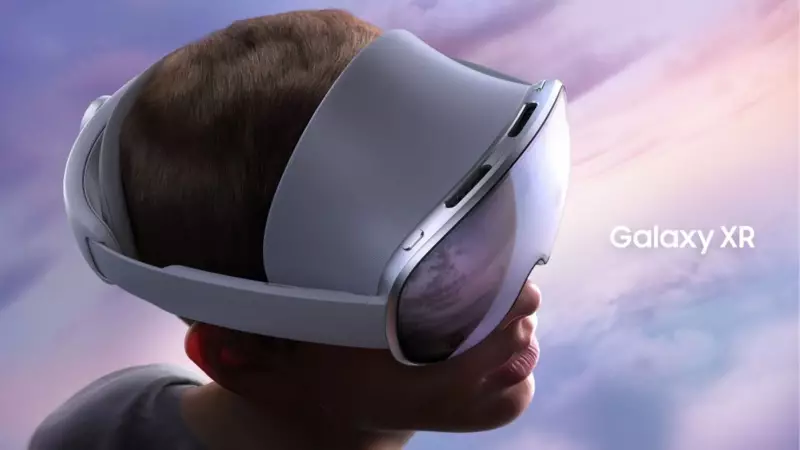
In a bold move that's set to reshape the mixed reality landscape, Samsung has officially unveiled its Galaxy XR headset, positioning it as a formidable competitor to Apple's Vision Pro but with a game-changing price point of just $1800.
The Price Revolution in Premium VR
While Apple's Vision Pro commands a premium $3500 price tag, Samsung's strategic pricing at nearly half that amount could potentially democratize high-end spatial computing. This aggressive pricing strategy signals Samsung's intention to capture market share by making cutting-edge technology more accessible to consumers.
Feature-Rich Experience Without the Premium Cost
The Galaxy XR doesn't compromise on features despite its competitive pricing. Early reports suggest the headset includes:
- High-resolution displays comparable to premium competitors
- Advanced spatial tracking capabilities
- Seamless ecosystem integration with Samsung devices
- Comprehensive content library at launch
Market Implications and Consumer Choice
This launch creates an interesting dynamic in the emerging spatial computing market. Consumers now have a legitimate alternative that offers similar premium features without the steep financial commitment. Industry analysts predict this could accelerate adoption of mixed reality technology beyond early adopters and tech enthusiasts.
The Broader XR Ecosystem Battle
Samsung's entry with Galaxy XR represents more than just another product launch—it's a strategic move in the larger battle for dominance in the extended reality space. With major players like Apple, Meta, and now Samsung all investing heavily, we're witnessing the rapid maturation of a market that could define the next computing platform.
The timing of Samsung's announcement, coming hot on the heels of Apple's Vision Pro availability, sets the stage for an intense competition that will ultimately benefit consumers through innovation and more accessible pricing.





